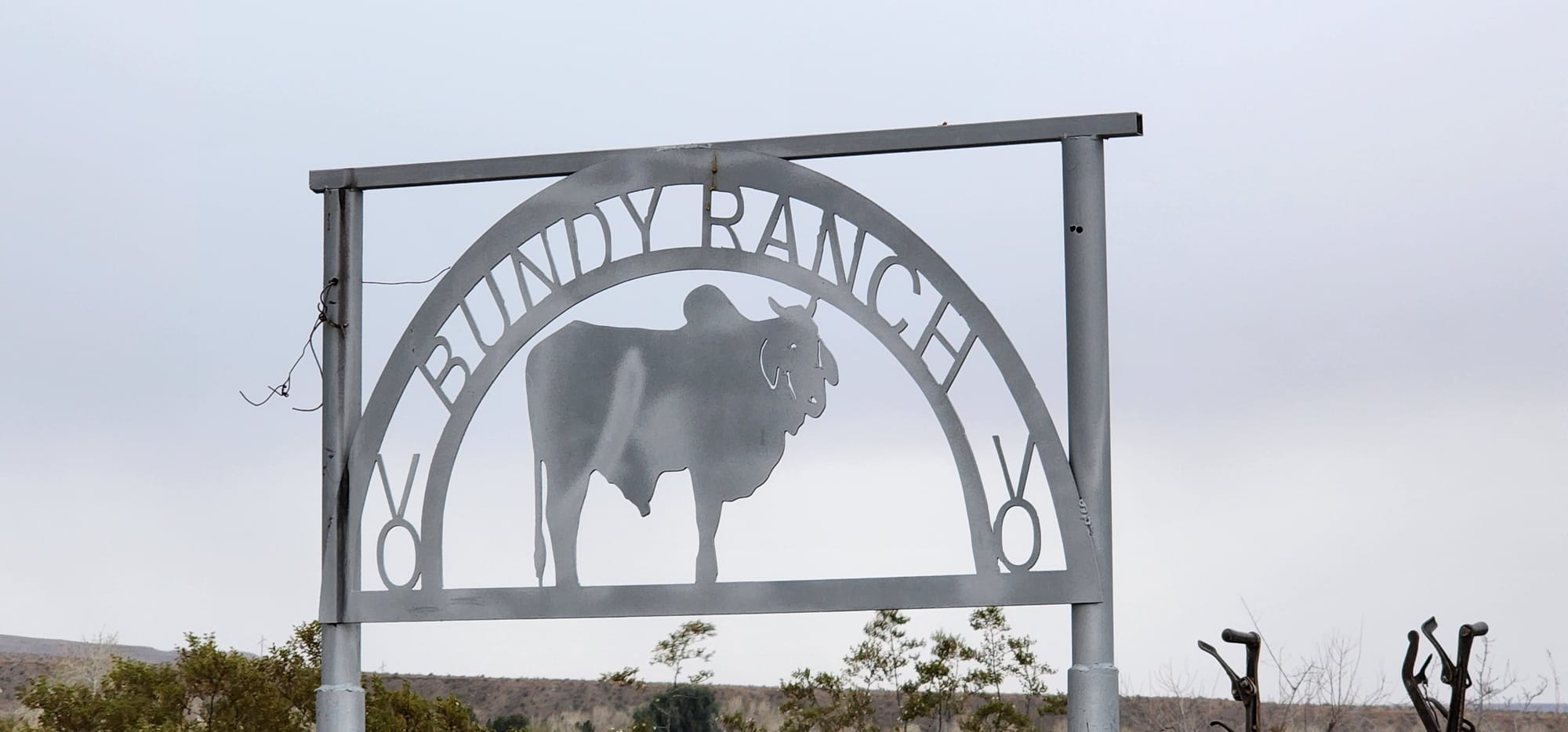𝗪𝗵𝗮𝘁'𝘀 𝗮𝘁 𝗦𝘁𝗮𝗸𝗲 𝗶𝗻 𝘁𝗵𝗲 𝗕𝘂𝗻𝗱𝘆 𝗧𝗿𝗶𝗮𝗹? (Dec. 25th, 2017)
"To be sure no lawyer wants to lose a case, so certainly the prosecution does not want to lose in Las Vegas. However, the stakes are much broader than that for both sides. The very survival of the BLM itself is at stake.
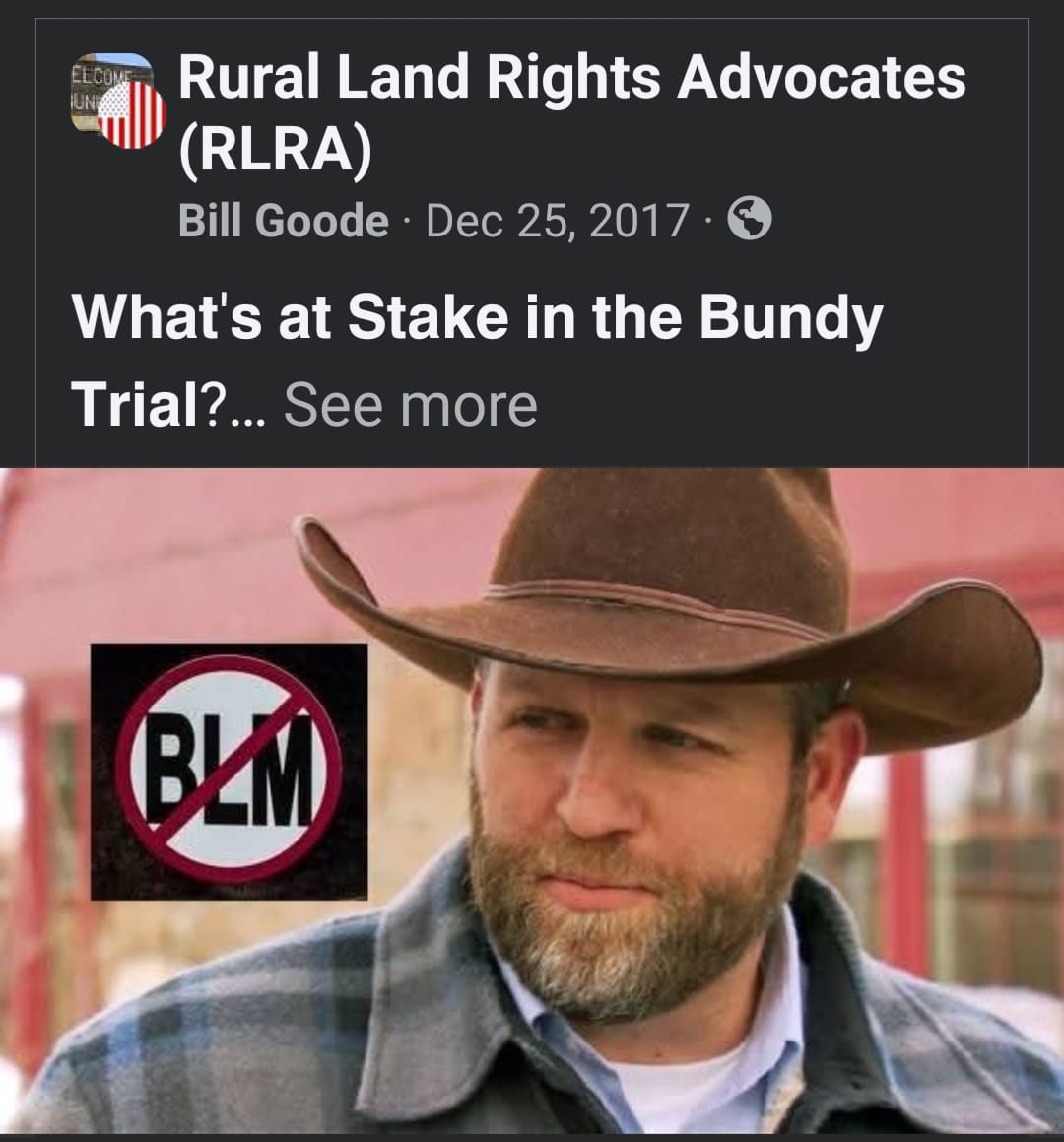
To be sure no lawyer wants to lose a case, so certainly the prosecution does not want to lose in Las Vegas. However, the stakes are much broader than that for both sides. The very survival of the BLM itself is at stake.
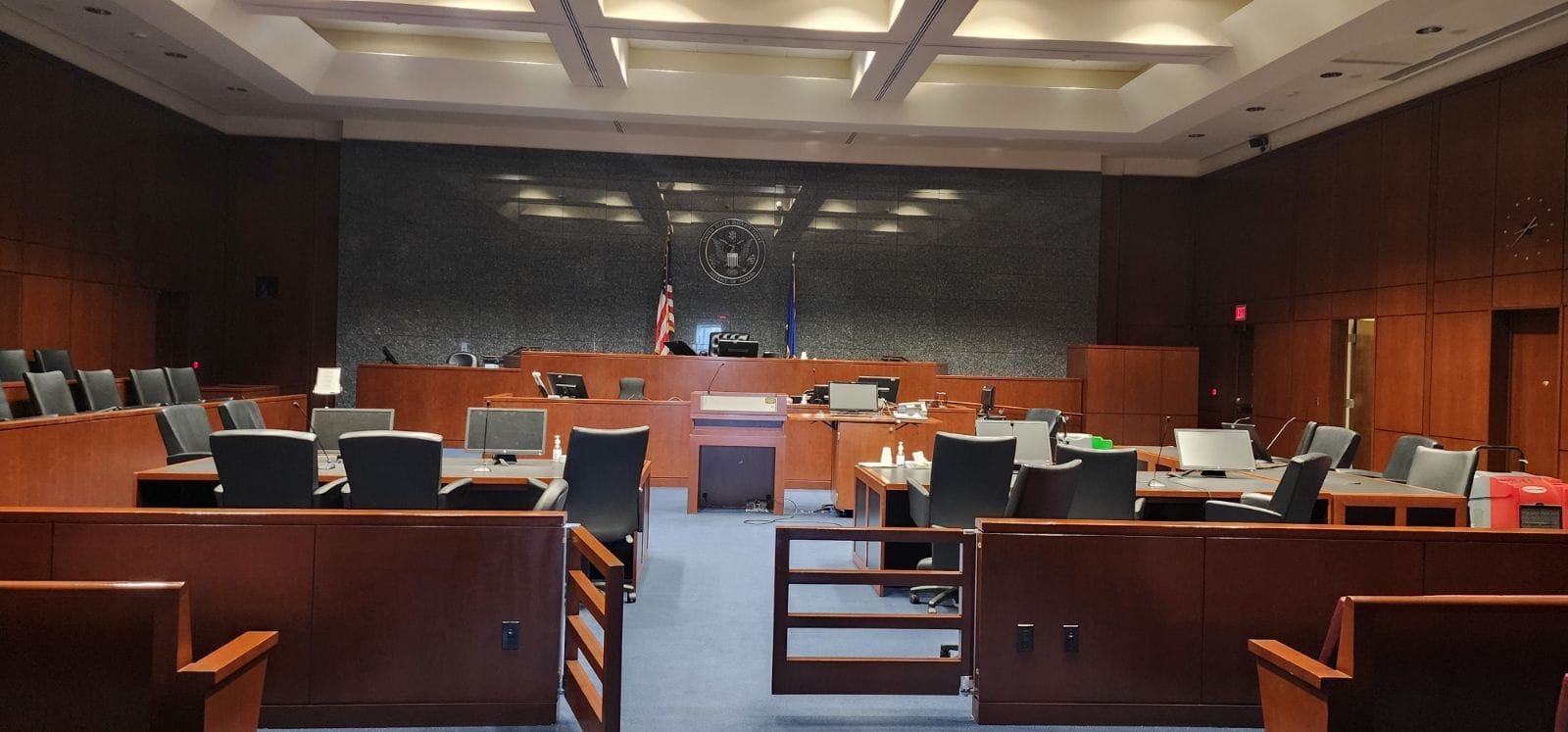
The BLM was established in 1946, merging the US Grazing Service (est 1934) and the General Land Office (est 1812) into a single agency, presumably to manage public lands, as its name would suggest. It did that for a while, but it does very little land management today - Ask any rancher. Instead the BLM today manages other federal agencies that manage public lands, ie National Park Service, National Forest Service, Fish and Wildlife Service.
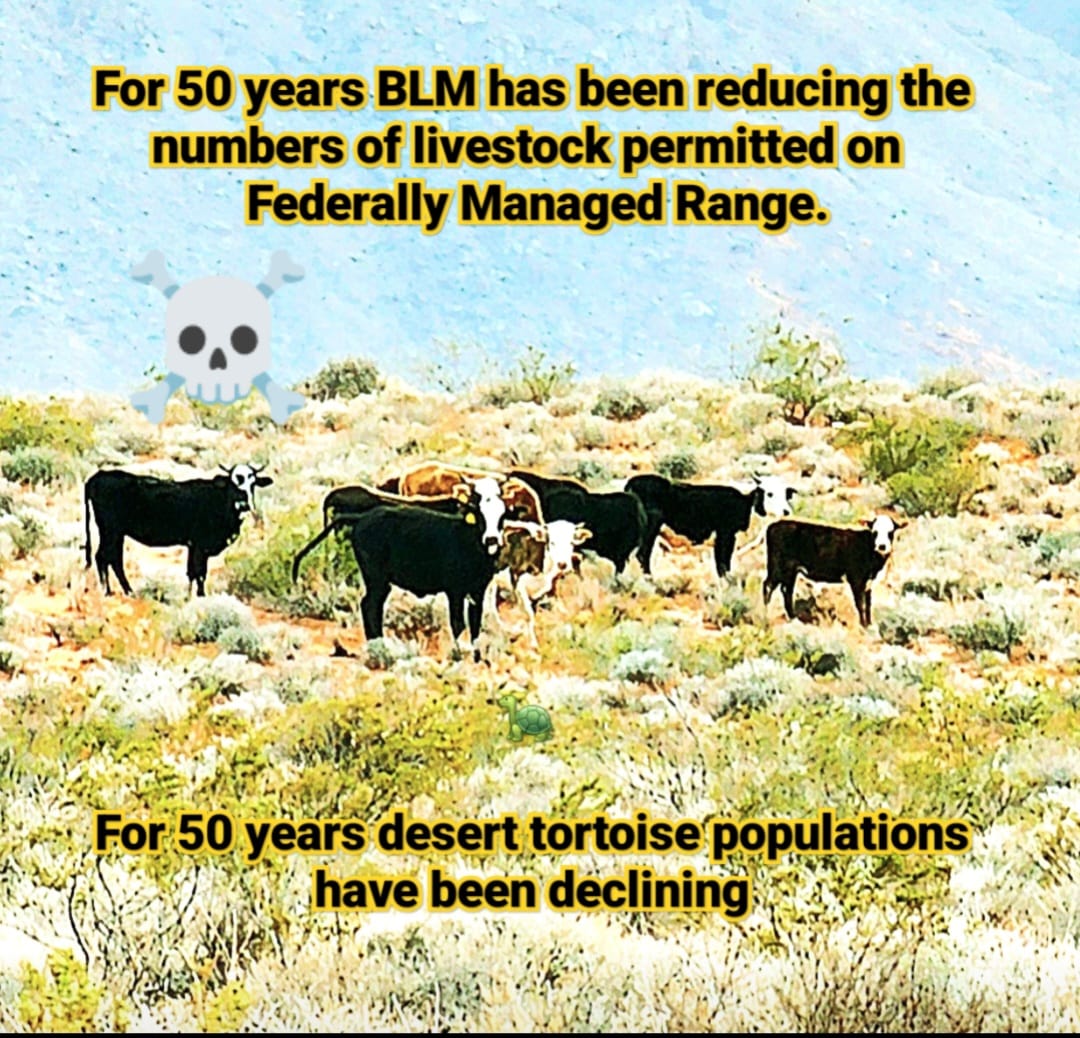
At a public hearing I attended about a year & a half ago, National Park and National Forest representatives acknowledged that all land improvements under their jurisdiction must be cleared through the BLM. The Fish & Wildlife Service was not represented at the hearing, but I would presume, based on experience and observations at the Malheur Refuge standoff, that the Fish & Wildlife Service would fall in line with these other agencies under the BLM.
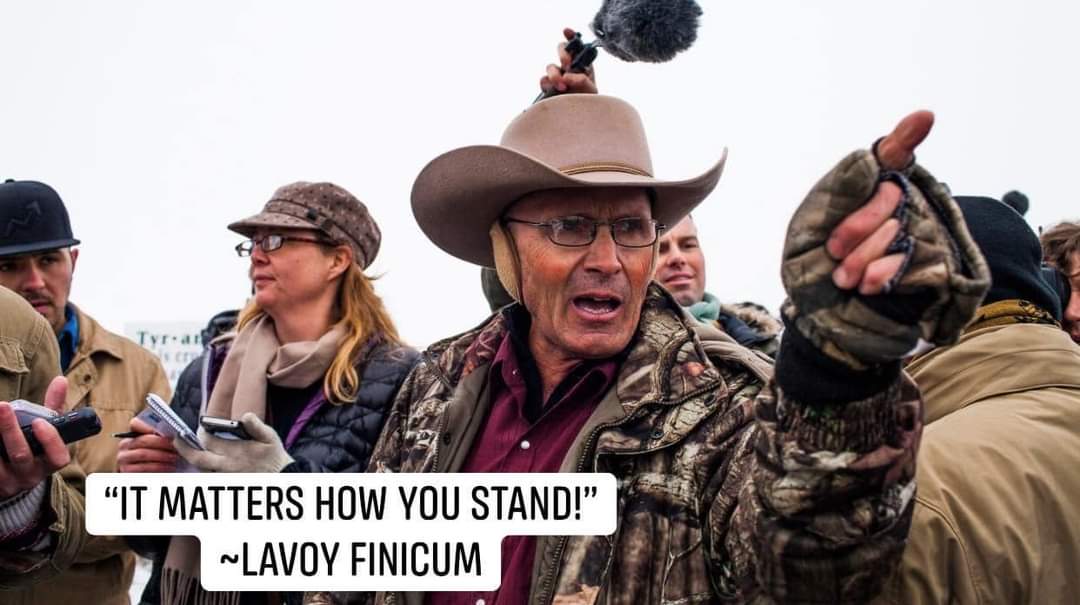
What is commonly called BLM land are public lands outside those agencies and has not been allocated specifically for conservation and / or recreational purposes by the President or Congress. These are the primary lands that ranchers graze their cattle on, though the Forest Service and Park Service lands also have grazing allotments on their lands.
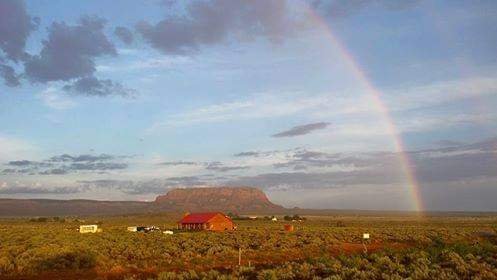
National Monuments come under the jurisdiction of any of these agencies. Thus the BLM creates its own National Monuments, including Gold Butte and Bears Ears. Additionally the the BLM has designated (on its own without Presidential or Congressional approval) some 749 BLM land areas as "Wilderness Study Areas" and "Wilderness Areas". These areas have presumably been dedicated for conservation purposes as the category names would suggest. However mineral studies are done in those areas for potential mining activity, but the BLM disallows ranch grazing to take place on these areas.
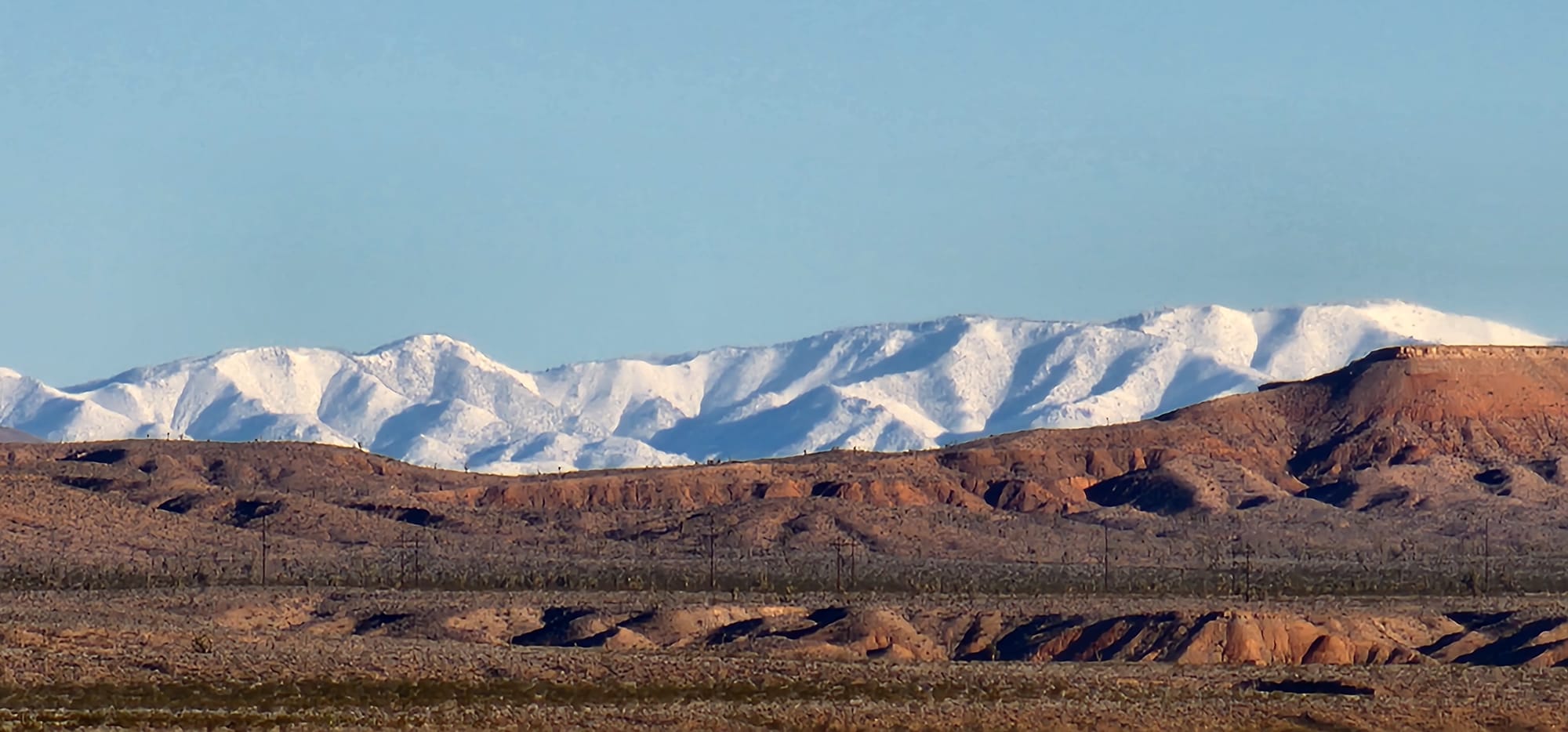
When the Bundys are finally declared innocent in the Las Vegas trial, that will only conclude the legal status of individuals involved in the Bunkerville standoff. Then there is Cliven's suit and the suits of other standoff defendants against the DOJ that must be decided in court.
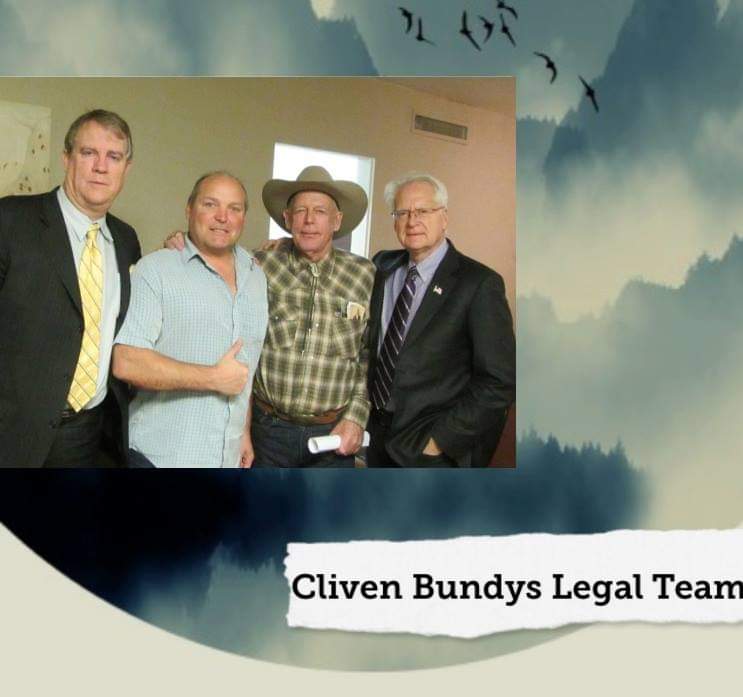
However, the most significant issue after the current Las Vegas trial will be the legal status of the Bundy Ranch itself. The legal status of the Bundy Ranch is now held in abeyance, despite the return of the Bundy cattle. The Bunkerville grazing allotment was officially closed by the BLM after the standoff, though the Bundy cattle do still graze on that land. So that's a conflict that must be resolved.
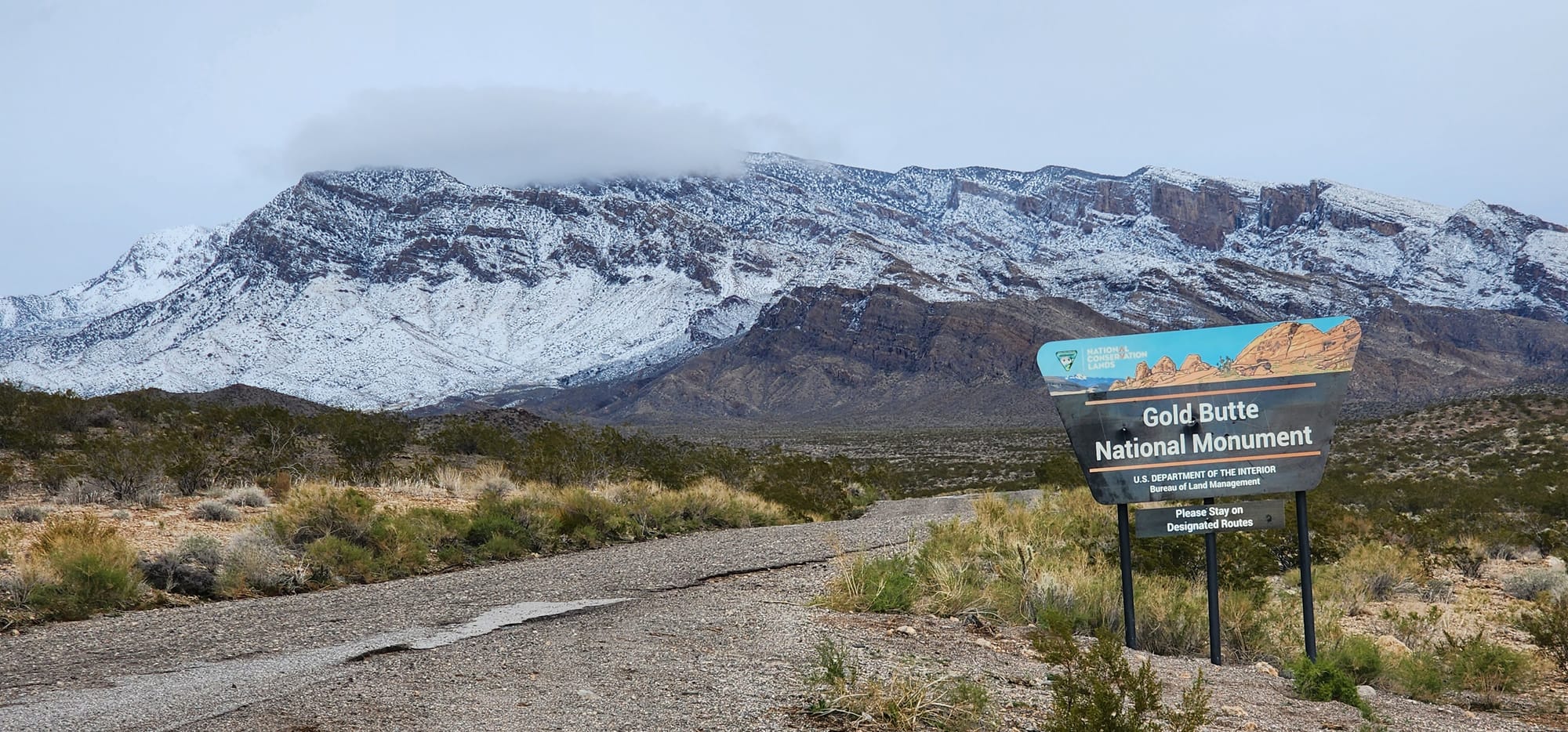
The BLM could restore the Bunkerville grazing allotment for which Cliven was declining to pay grazing fees to the BLM. So such a restoration would not resolve anything. We would simply be back at the point in 1993 when Cliven stopped paying his grazing fees to the BLM and sent the fees to Clark County instead, which has declined to cash Cliven's check.
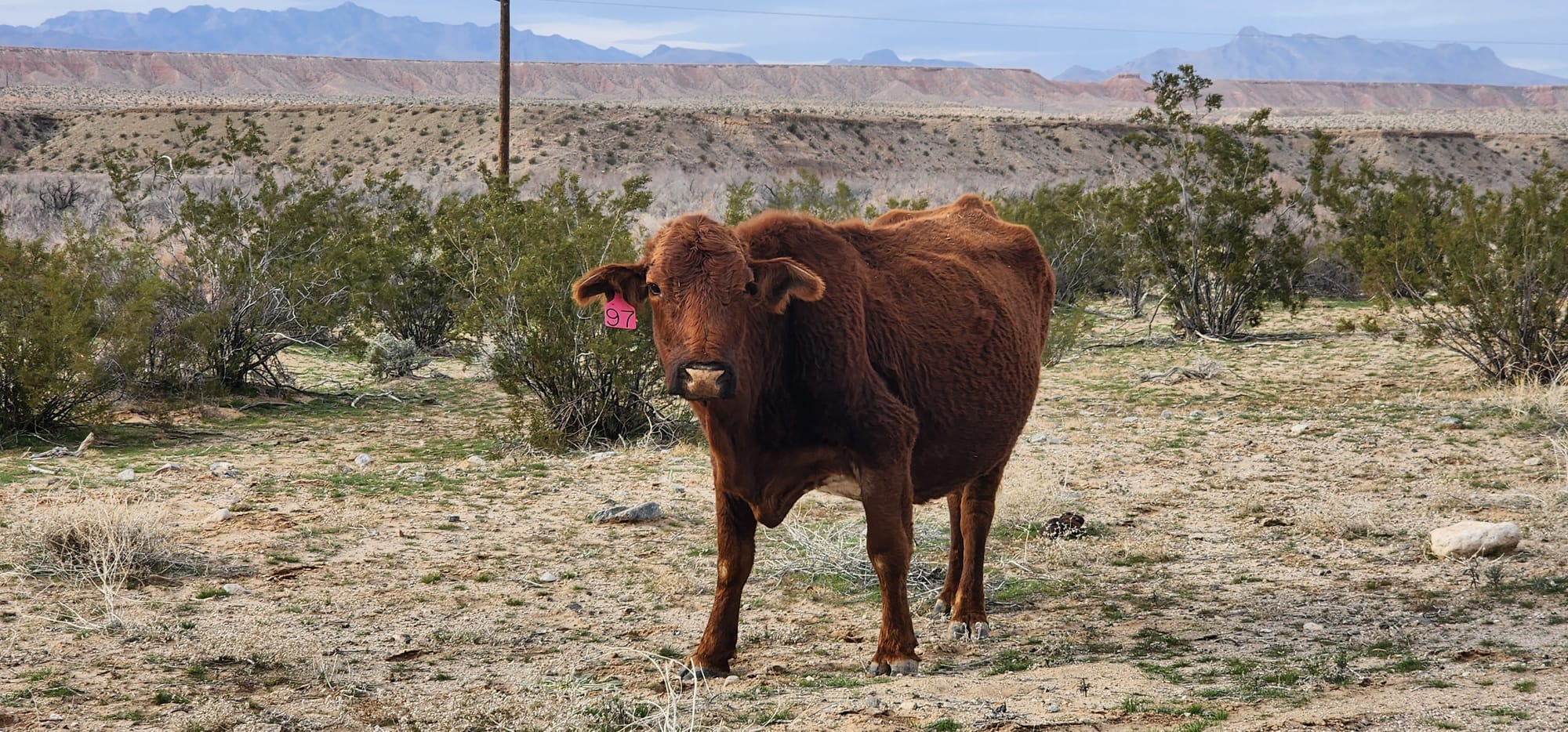
Of course we know the area lawfully belongs to the State of Nevada per the state's Enabling Act of 1864. But will the BLM give up control of this area easily? Not likely.
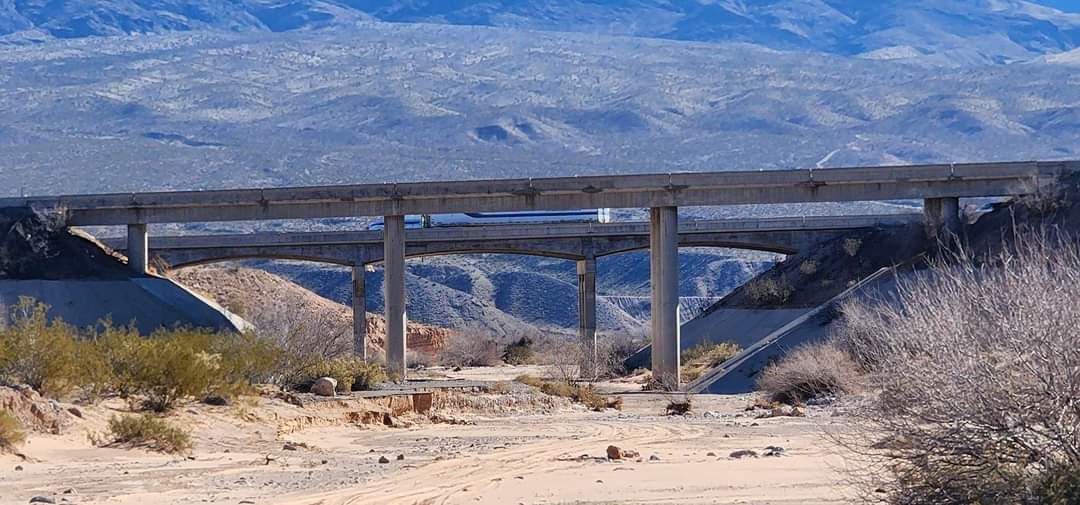
If the BLM were ordered to surrender that land to either Clark County or Nevada, just think of the precedent that would set. Just think of all the millions of acres of BLM public lands being grazed.by ranchers. If grazing lands were turned over to states and / or counties, the BLM would lose control of those 155 million acres, an area almost as big as Texas. This is what the feds are fighting to keep - control over public lands and the very existence of the BLM itself." – Bill Goode, Rural Land Rights Advocates December 25, 2017.
